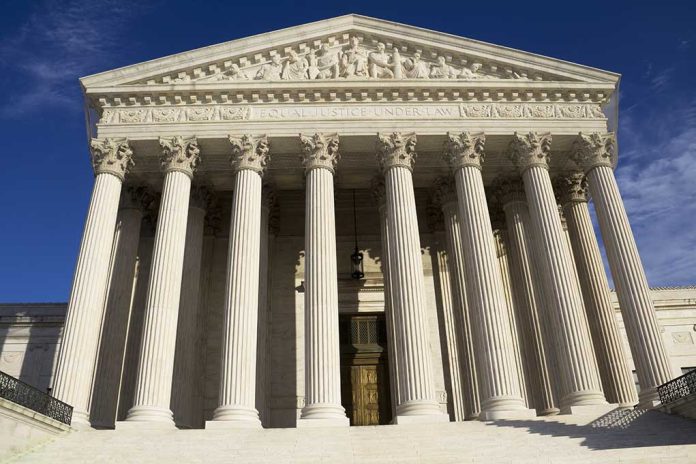
(UnitedVoice.com)—In 2015, Former President Barack Obama’s administration tightened the pollution restrictions initially set in the 2008 Ozone National Ambient Air Quality Standards (NAAQS). The Environmental Protection Agency (EPA), under President Joe Biden, went on to create the Good Neighbor Rule to further regulate factories. The Supreme Court has now temporarily halted the rule.
The Good Neighbor Plan required “upwind” states to reduce the air pollution that affects “downwind” states. Under the rule, the EPA allowed states to create their plans to comply with the new ozone guidelines. The states that failed to submit plans would have to follow rules set by the EPA. In February 2023, the EPA determined that 23 states failed to submit plans, so the agency implemented plans for the states.
Indiana, West Virginia, Ohio, eight other states, the steel industry, and several other groups challenged the rule. The plaintiffs accused the EPA of taking a “dictatorial approach,” saying the agency had not considered the practical and legal ramifications of forcing states to implement the federal rather than the state plans. They also said the plan would cause economic and operational harm to the states by forcing them to modify their power plants, an expensive endeavor.
The EPA argued that the Good Neighbor Rule was critical to achieving national air quality standards and necessary to protect downwind states from unnecessary pollution.
The Supreme Court sided with the opponents of the rule. In a 5-4 ruling, the Justices put the ruling on hold pending the review of the US Court of Appeals for the District of Columbia.
Reports indicate National Mining Association President and CEO Rich Nolan praised the court. He said the justices “recognized the immediate harm to the industry and consumers,” and the mining industry would make its case that the rule was “unlawful” in court.
Timothy Carroll, a spokesperson for the EPA, said the agency was looking “forward to defending the merits” of the rule before the appeals court.
Copyright 2024, UnitedVoice.com






















